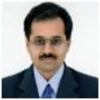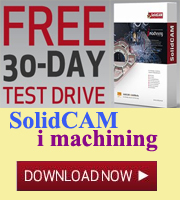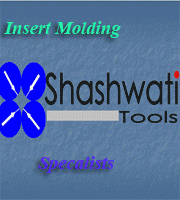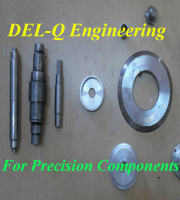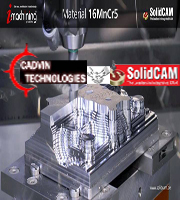I got a job in swati precision bangalore & even my batchmates got th
Basics of Feed Drive in CNC machine
FEED DRIVES
A feed drive consists of a feed servomotor and an electronic controller. Unlike a spindle motor, the feed motor has certain special characteristics, like constant torque and positioning. Also, in contouring operations, where a prescribed path has to be followed continuously, several feed drives have to work simultaneously. This requires a sufficiently damped servo-system with high bandwidth, i.e., fast response and matched dynamic characteristics for different axes,
REQUIREMENTS OF CNC FEED DRIVE
(a) The required constant torque for overcoming frictional and working forces must be provided (during machining),
(b) The drive speed should be infinitely variable with a speed range of at least 1:20,000 which means that both at a maximum speed, say of 2000 rpm, and at a minimum, speed of 0.1 rpm, the feed motor must run smoothly and without noticeable waviness.
(c) Positioning of smallest position increments like 1-2 μm should be possible. For a feed motor this represents an angular rotation of approximately 2-5 angular minutes.
(d) Maximum speeds of up to 3000 rpm.
(e) Four quadrant operation-quick response characteristics.
(f) Low electrical and mechanical time constants.
(g) Integral mounting feedback devices.
(h) Permanent magnet construction.
(i) Low armature or rotor inertia,
(j) High torque-to-weight ratio.
(k) High peak torque for quick responses.
(l) Total enclosed non-ventilated design (TENV)
Types of Feed Drives
Variable speed dc feed drives are very common in machine tools because of their simple control techniques. However, with the advent of the latest power electronic devices and control techniques ac feed drives are becoming popular due to certain advantages.
Like us on Facebook for latest updates on Jobs, Companies and upcoming News & Events












